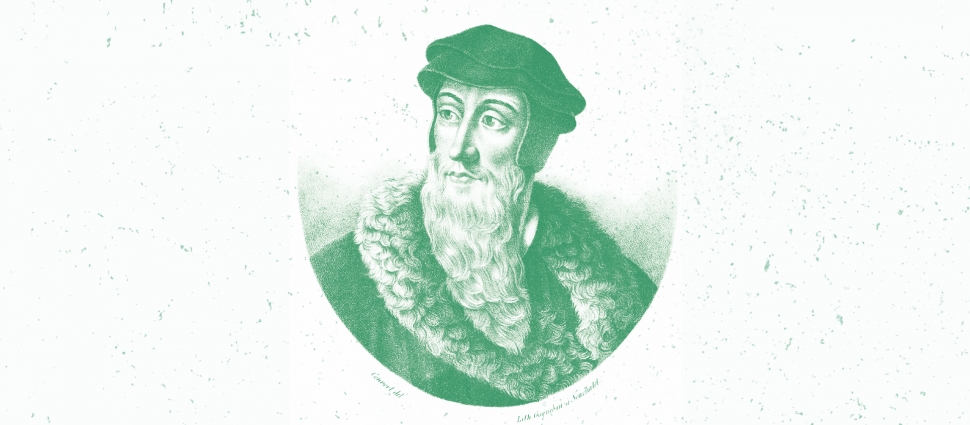Blog 81: 2.14.5 - 2.14.8

In these sections Calvin looks at some of the arguments of Michael Servetus (1511-1553), a famous Spanish theologian and physician of the time who sought to refute the doctrine of the Trinity. (As readers undoubtedly know, Servetus ended up being burned at the stake in Geneva. For a brief overview setting this in its historical context, see this quote from Packer:
http://theologica.blogspot.com/2007/06/calvin-and-servetus.html).
Servetus believed that Christ was a mixture of divine and human elements, rather than fully God and fully man. Servetus believed that the orthodox "hypostatic union" (constituting one person out of two natures) makes two sons of God. In 2.14.8 Calvin summarizes the heart of Servetus's view: "In short, the figurative representation of Christ took the place of begetting in Serevtus' scheme." Calvin argues at some length that the distinction between the natures is biblically required-that Christ is both fully divine and fully human and that God has always been his Father.
But as usual with Calvin, the goal of this refutation is not to score theological points but to tear down false teaching that dishonors God, hurts God's people and undermines their hope. Calling Servetus's arguments "the crafty evasions of this foul dog," Calvin explains that this teaching ultimately extinguishes "the hope of salvation." "Only he can be our Redeemer who, begotten of the seed of Abraham and David, was truly made man according to the flesh." Christ is fully God and fully man, in one person. There's no salvation without the person and work of the one and only God-man.




